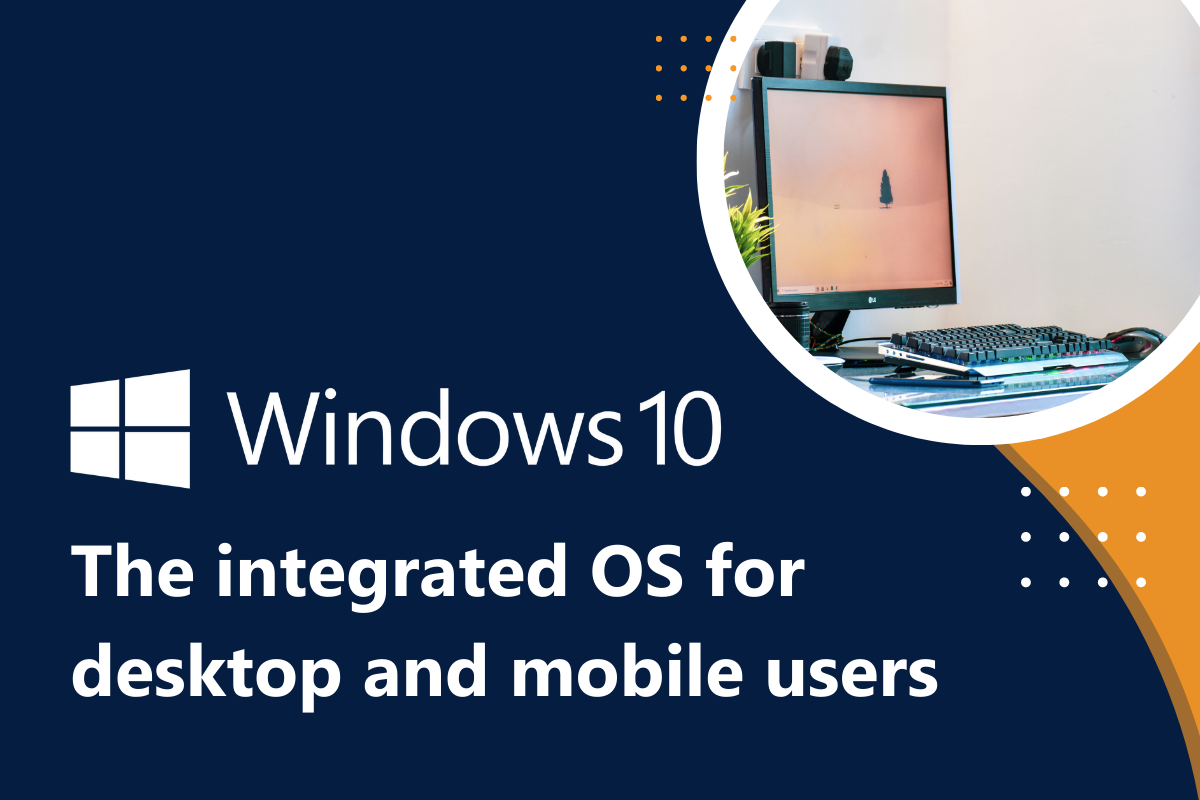Try PCmover
Please note the Evaluation copy of PCmover Enterprise requires you to be logged into a domain when testing. If you would like to test Enterprise without this requirement, please contact corpsales@laplink.com to receive an alternate copy of the software.
Thank you for your interest, and for choosing Laplink Software!
Contact Sales

Windows 10: the integrated OS for desktop and mobile users

With the release of Windows 10 now available, users who have downloaded the technical preview were relieved to see the return of a familiar Windows 7 user interface. Though when Windows 7 was released in 2009, mobile was not as prevalent as it is now; thus, the Windows 10 improvements and implementations of a mobile-friendly interface make it the ideal operating system for longtime holdouts still using Windows XP or Vista.
Windows 8’s interface was such a dramatic change from its predecessor; many thought its design was more restrictive than useful. While tablet users were given a great interface to experience on a touch screen, desktop users were paralyzed with the app-centric interface and moving icons. Running the Windows 10 operating system on a tablet will again be a great experience for users given its similar design to Windows 8’s tiles. But this system has a new flair to it, with knowledge Microsoft gained from the Windows 8 start menu. It’s my opinion that Microsoft worked hard at combining the two clashing worlds of desktop and laptop users with mobile tablet users into one integrative OS with Windows 10’s start menu and overall user design experience.
In the Windows 10 release, Cortana is being introduced to PC users. The voice recognition and text-assisted computer AI allows for ease of access and a different approach on completing tasks. But, it is not without its flaws. Personally, I have a deep voice and accent. Cortana has a hard time understanding the timbre of my voice, which is why I likely will not use Cortana. But for most users, Cortana on a desktop will improve the desktop PC experience: a touchscreen wasn’t a life-changing opportunity for desktop users. Cortana is likely to have a much bigger effect on users’ desktop experience.
Probably the best optimizations in Windows 10 comes with the very close integration with OneDrive, Office apps, and my local hard disk. With such seamless synchronization across the channels offline and online, I am able to work on documents at the office, and continue to connect and revise them over the weekends on my laptop while I am at home. In Windows 10, this experience is executed much more smoothly than it was in Windows 8.
Come July 29, I will be making the move to Windows 10, along with a lot of other eager users. If you are interested in an easy upgrade solution to migrate your files, settings, users, and even applications from your old operating system to the new Windows 10 OS without overwriting the system, you’ll want to read more about our product: PCmover Windows Upgrade Assistant here.
Thomas Koll, CEO

As Chairman of the Board and CEO of Laplink, Thomas guides the company’s strategic direction. Prior to joining Laplink in 2003, Thomas was Chairman of the Board for Infowave, where he was involved in interfacing with global business and financial communities. Thomas also served as Infowave’s Chief Executive Officer from February 2001 to April 2002. Prior to joining Infowave, Thomas worked at Microsoft for more than 13 years. He was Corporate Vice President of Microsoft’s Network Solutions Group where he was responsible for Microsoft’s worldwide business with telecommunication companies. Thomas was instrumental in developing Microsoft’s vision for the communications industry and led the development of strategic partnerships in mobility, broadband and hosting. Previously, he was General...
Read more about Thomas Koll, CEO...

Add Comment